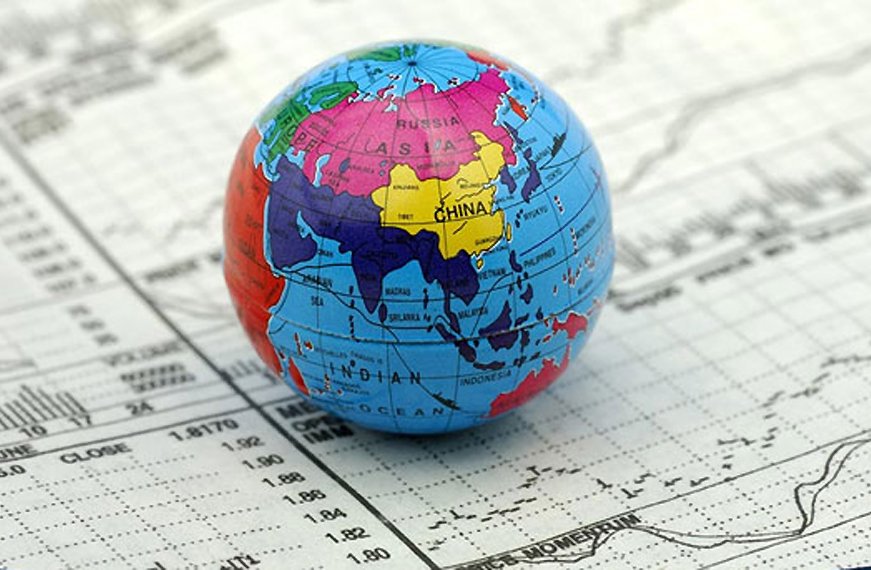Let’s quickly clarify a few things before we get into the nitty gritty of international marketing and global marketing. Both terms sound similar, right? And the word ‘global,’ in a way, correlates with ‘international,’ right? But the correct answer is ‘no’. They are not analogous.
According to the Oxford University Press, global marketing means a company adopts the same promotional tactics across the world – think of Wal-Mart or Nike. In global marketing, the business thinks of the whole world as its operating space and does not adapt its products or services, communication and distribution channels to domestic requirements.
International marketing, on the other hand, means marketing a company applies when it opens a subsidiary in a country and lets the subsidiary serve the local market, paying attention to local customs in terms of religion, lifestyles and eating habits, for example.
- Product or Service Offering
In global marketing, a company offers the same products and services across the board, in multiple countries. Think about banks, insurance companies and large retail chains like Wal-Mart. In international marketing, products and services are tailored to specific countries. Think about Sharia finance products, which are only offered in Islamic countries or to Muslim customers in non-Muslim countries – or meat that is banned from Israeli or Muslim diet.
- Marketing Staff
Global marketing personnel tend to work at the company’s headquarters and generally are a diverse group of people. They possess various skills that collectively mesh well together, and take a global view of the company’s market. Conversely, in international marketing, team members tend to hail exclusively from the same country or a country with linguistic or cultural affinity with the primary country.
- Marketing Budget
The budget of a global marketing team is managed directly from the corporate headquarters. For example, Nike sets a global marketing budget, which then trickles down to local offices. In international marketing, however, budget issues are negotiated and handled at the local level, within the subsidiary. Take for example McDonald, which runs local ads, some of which you will never see in another country.
- Promotion Tactics
When it comes to promotion tactics, global marketing teams try to run ads and other communication ploys that are in sync with a global audience. An excellent way to understand is to see ads that were run during the 2014 FIFA World Cup – a perfect mix for global marketing: global sports event, billions of viewers, one passion for the game. In international marketing , commercials and other promotion tactics are tailored for the local market.
- Operational Autonomy
Marketing does not mean you sit in a corner office and think about how to sell a product. The typical marketing mix has four components, what experts call the 4Ps: product, price, promotion and place (of distribution). So in terms of operational autonomy, global marketing teams tend to run everything from A to Z, from the corporate headquarters, whereas international marketing teams handle things domestically.
- Social Media
By reviewing their social media pages, you can quickly see which companies favor global marketing over international marketing – and vice versa. For example, you will notice that McDonald adopts an international marketing strategy, with Facebook pages as diverse as McDonald’s Malaysia, McDonald’s Brazil, McDonald’s Italia and McDonald’s Polska (Poland). Conversely, Nike or Caterpillar runs a single page.
- Customer Engagement
Customer engagement is more active in international marketing. By setting multiple communication channels, a company can better engage with fans and customers at a local level. That is not to say that global marketing is less effective when it comes to customer engagement – the tactics are just different.
But it is clear that international marketing tends to produce a higher level of engagement than global marketing.
- Advertising
In global marketing, commercials are run all over the world, whereas international marketing favors ad airing in the local market exclusively – or in similar markets, at most. Some products lend themselves pretty well to global advertising. We already talked about sport gear; you also have movies and songs as well as technology products. Other products, conversely, cannot exist in some countries because of cultural prohibition or legal censorship.
- Market Research and R&D
Market research and R&D are as deep and broad in global marketing as they are in international marketing. Sometimes, though, global marketing can produce big flops when market research has not properly conducted or local customs thoroughly studied. Think, for example, of Chevy Nova’s and Mazda LaPuta’s unfortunate stints in the Spanish market (in Spanish, ‘no va’ and ‘la puta’ mean ‘it doesn’t go’ and ‘the whore,’ respectively). Other product flops include the Ben-Gay aspirin, McDonald’s Arch Deluxe, and the Cocaine Energy Drink produced by Redux Beverages.
- Hybrid Structure
Our number 10 example is not really an example of comparative global marketing vs. international marketing analysis, but an illustration of how a hybrid structure – international and global – can help companies succeed. Coca-Cola used that mixed tactic effectively in the earlier days, and is nowadays followed by every company, from Mercedes Benz to Frito Lay to Procter & Gamble to McDonald.
Conclusion
Whether a company opts for international marketing or global marketing is, after all, company management’s decision. Ultimately, the selected marketing strategy must fit the organization’s vision, mission, brand policy and operational structure. Needless to say, a company must reach a comfortable operational size before adopting a global marketing strategy.

Dr. Emad Rahim is an award-winning entrepreneur, educator, author, community leader and TEDx Speaker. He currently serve as the Endowed Entrepreneur-in-Residence at Oklahoma State University and teaches at the Jack Welch Management Institute in the Executive MBA program. He was recognized by the United Nations Foundation as a 2013 Empact100 Honoree for his social entrepreneurship work, received a Congressional Award for his community service and was the recipient of the Forty Under 40 Business Leadership Award sponsored by Syracuse University. His personal story was turned into a short documentary, “Against the Odds,” and featured in the Huffington Post and Forbes. He co-authored “Leading Through Diversity: Transforming Managers Into Effective Leaders” and “The 4-Tions: Your Guide to Developing Successful Job Search Strategies” and is a frequent contributor to the Refractive Thinker book series, CEO Magazine, TweakYourBiz and YFS Entrepreneurship Magazine. Fellow him on Twitter @DrEmadRahim












